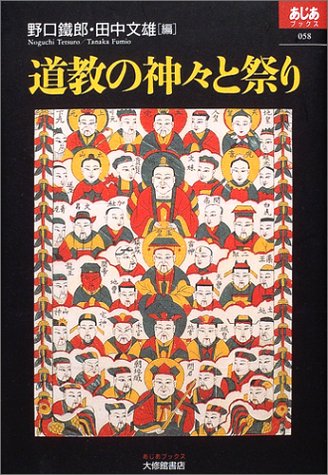2 0 0 0 道教の神々と祭り
- 著者
- 野口鐵郎 田中文雄編
- 出版者
- 大修館書店
- 巻号頁・発行日
- 2004
1 0 0 0 OA 明代宗教結社の経済活動 : 性格究明の一環として
- 著者
- 野口 鐵郎
- 出版者
- 横浜国立大学
- 雑誌
- 横浜国立大学人文紀要. 第一類, 哲学・社会科学 (ISSN:05135621)
- 巻号頁・発行日
- vol.14, pp.10-28, 1968-12-20
The religious societies that will be dealt here, are the secret religious societies, for instance, Po-lien-chiao 白蓮教. It would have been thought that the religious societies were generally rich. It was because the majority of the leaders of societies were belonged to the upper class of their villege. But, when a host of farmers, who were driven to extreme poverty, joined the societies in order to reform the world, they needed to take some sorts of economical activities, e.g. introducing new various means of living. This was needed both for the continuetion the societies and for the happiness of their members, shown in their propaganda. The most fundamental one among the activities, was to force the members to make an offertory. But when a lot of poor men were accepted by the societies, they conld not make their living only by offertory. Althou the societies sometimes defrauded the rich class, in the village where they dwelled, of their property, the societies had to take a lawfull means, for the societies had been accused of their means of defrauding by the authorities. The means they took was trade, handcraft, and clearing the land. Though something of these activities were done in unlawfnll means e.g. secret trading, it would have been thought that these activities engaged in by the major part of societies, as a means to form the funds. This paper concentrated on the above mentioned matters about the Ming period, according to rare materials. It should be noted that the materials illustrated some kinds of activities, taken only on the frontier, and that others on the interior. Thus the materials on the trading were found in the frontier, but not in the interior. What does these diffrences mean in the period when land owning and development of the merchandise were growing?. That is a subject that is left unsolved.

